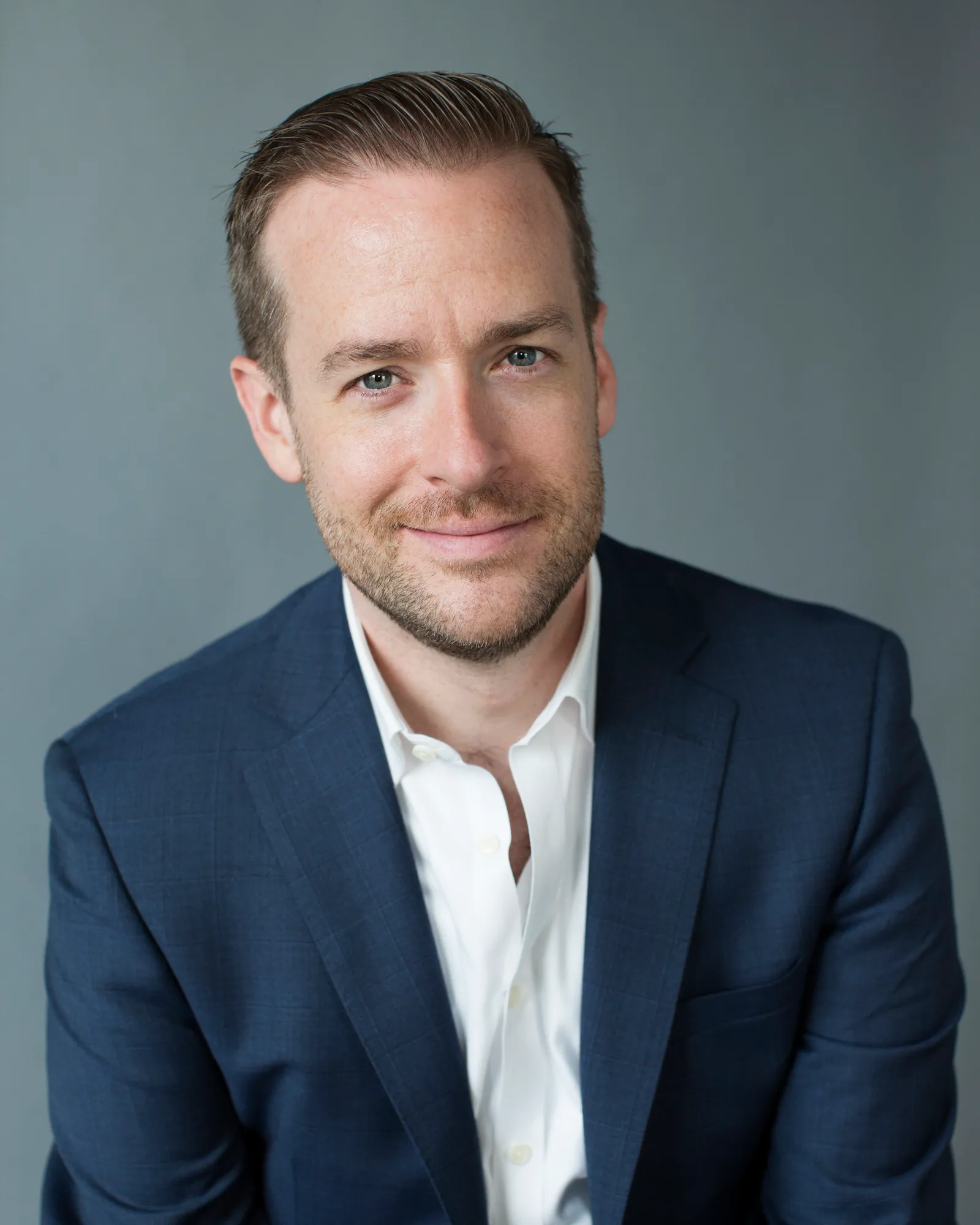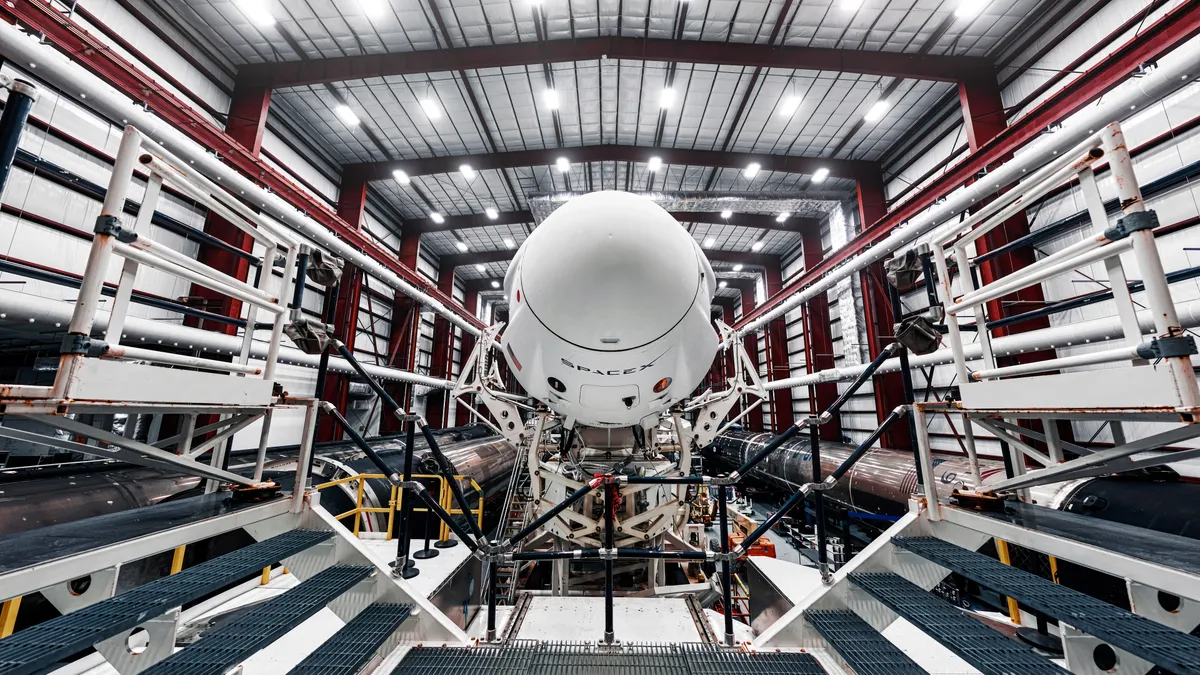“It’s about believing in the future and thinking that the future will be better than the past.”
Displayed on an image of outer space on SpaceX’s mission page, this statement attributed to Elon Musk — founder, CEO and chief engineer — may be compelling, ideological and aspirational; but it starkly contrasts with the workplace experience recounted by his former employee.
Like every company, the reputation of SpaceX today is a reflection of its behavior yesterday, one expert told HR Dive, and in the public eye, for better or worse, the words, actions and character of company leadership are inseparable from the company itself. Failing to understand this can invite teachable moments on the internet’s world wide stage and leave lasting damage on company culture.
What happened at SpaceX
Ashley Kosak began as an intern at SpaceX in 2017. She was a Mission Integration Engineer when, after having submitted reports of sexual harrassment, sexism and racism, she eventually walked away.
In a 2021 essay, Kosak described pressures and coercion, non-consensual physical contact of a sexual nature, a sense of job insecurity and powerlessness at a company “rife with sexism.” After leaving a message on the company’s ethics and compliance tip line, Kosak said she was contacted by HR “despite [the tip line’s] advertised anonymity” and presented with “invasive questions regarding the nature of the harassment” at the company. SpaceX, she wrote, was “in a state of disrepair and dysfunction so great that the only remedy, finally, was to leave.” When Kosak left the company last year, it was amid “a frantic cadence of calls from HR, asking to talk — presumably to have me sign a nondisclosure agreement in exchange for money.”
In May, SpaceX settled a separate, 2018 allegation of sexual harrassment by Musk, according to a report by Insider.
In June, some SpaceX employees penned an open letter to company executives calling for a culture of accountability in response to words and actions by the company founder and self-described “technoking” Elon Musk.
The letter, first reported on by The Verge, read in part: “SpaceX must establish safe avenues for reporting and uphold clear repercussions for all unacceptable behavior, whether from the CEO or an employee starting their first day. … It is critical to make clear to our teams and to our potential talent pool that his messaging does not reflect our work, our mission, or our values.”
In an internal email response, the company’s president and COO characterized the letter as “overreaching activism” by employees who were quickly terminated by the company. Authors’ signatures were captured by survey or by QR code, according to reporting by The Verge.
In an email to HR Dive, Kosak credited those SpaceX employees for their sacrifice. “The way this has played out really speaks volumes to the risks the team who wrote the open letter accepted because they saw the criticality of the culture change they were seeking,” she wrote.
SpaceX did not respond to multiple requests for comment.
Watch and learn
The SpaceX claims reveal a larger disconnect, or an adversarial nature of business, between the C-suite and employees, according to Jim Frawley, CEO of consulting firm Bellwether. Had a properly functioning culture with open channels of communication been in place, Frawley said, it’s unlikely these issues would have risen to such a high profile.
And the words and actions of the C-suite cling to the reputations and identities of employees, he said. “This is a good lesson for all leaders, and their responsibility to understand — particularly, when it comes to someone as [famous] and public as Elon Musk. It's more than just a stock price,” he said, explaining that decisions, behaviors and speech from the C-suite have consequences that affect the lives of employees. “Everyone down to the secretary and janitor have to answer questions on what the CEO is saying on Twitter.”
Frawley said he believes that organizations have an absolute obligation to their people, but “the reality is the C-suite is required to operate in the best interest of the public, [and that] may or may not include its people.” He called this “the fun conundrum of executive leadership.”
Count the costs
It’s important to appreciate the business impacts of such alleged incidents, Frawley explained. “Right now, [nobody] at SpaceX is getting work done because they're watching Google to see who else is writing about the people who got fired,” but that’s not all. Musk’s SpaceX and Tesla industry competitors are watching all this too, as were folks at Twitter, noted Frawley.
Bad choices illuminated by publicity can levy a heavy reputational tax on a person’s professional legacy, he said.
Lose the jargon
“Communication is not about just saying something,” said Frawley. “People strategy and culture take real commitment and work that goes beyond the surface of general speak.”
The Bellwether website promises to excise “the BS of corporate and coach speak.” With over 20 years spent in corporate business, Frawley said such opaqueness was his greatest frustration – but a motivation for the work he does now, which includes coaching C-suite execs on fundamental communication models.
“Leadership needs to recognize that soliciting feedback from employees and having employees feel heard are two very different things. How many surveys have we done and nothing changes?” he asked. “People are hip to that now. They're well beyond skeptical [of] new initiatives — even dismissive, because they don't believe it.”

Cultivate psychological safety
Frawley said workers who feel they must turn to an open letter to be acknowledged by business leaders are operating in a climate of broken trust and desperation to be heard, and he emphasized the relationship between innovation, voicing concerns and challenging authority by questioning norms.
Organizations and individuals can reset this fracture, Frawley said. “It’s the responsibility of employees to communicate in an appropriate and productive way; and the responsibility of organizations to create a [culture] in which that can happen. You want people to be as open as possible because being able to speak up is fundamental to psychological safety, and where people can bring their full value, ultimately, [is] where innovation really happens.”












